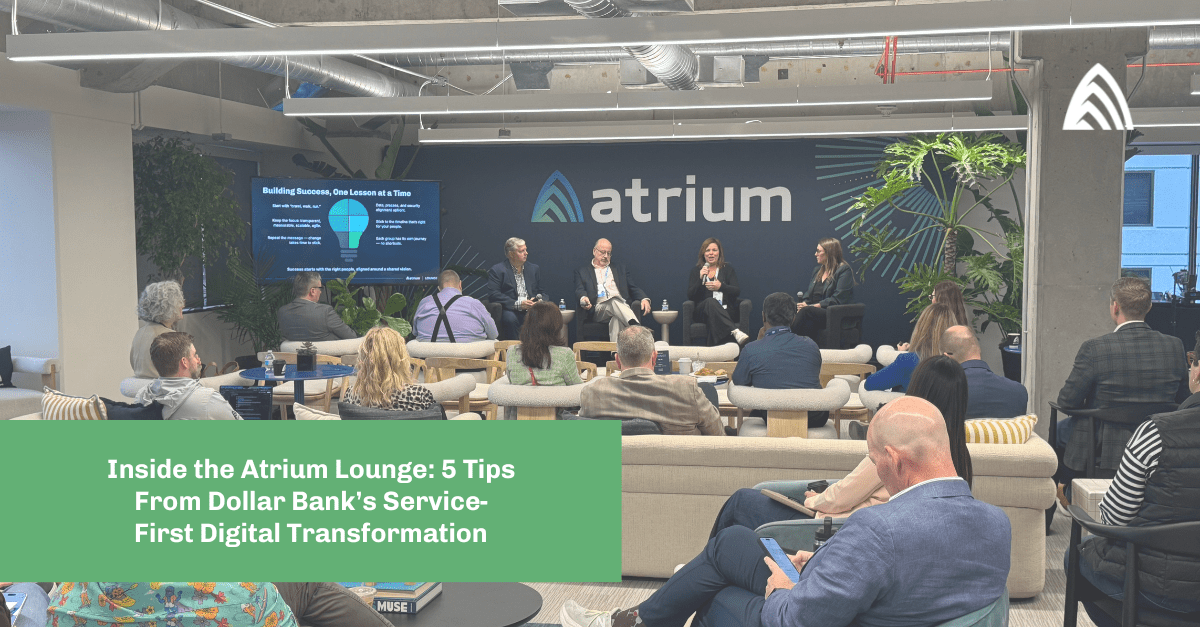How COVID-19 has sped up digitization for the banking sector | EY

Data should be at the heart of digitization
It won’t be surprising to hear that those banks who have better digital capabilities will benefit relative to peers who may struggle to cope with banking in the lockdown. Customers are being forced to use digital channels and may look unfavorably on banks whose systems feel slow, cumbersome or overly complicated. Banks must ensure customers using remote channels have a positive experience both during, and beyond the crisis.
Regardless of their digital prowess, banks should be using the last few months to digest the data they are seeing from their digital channels. We know many banks have been challenged by a surge in customer queries, which has led to delays in customers being able to contact their bank. Customer insight, say through call center demand analytics, should feed into banks plans to help them increase response times and better serve customers. For example, using chatbots or redeploying branch staff to boost contact center capacity. Some have predicted that the operational cost savings from using chatbots in banking will reach $7.3 billion globally by 2023.
Regardless of the increased use of technology, with branches largely unavailable, maintaining connectivity for customers is key – and we have seen banks do that, using apps, emails and website messages to speak directly to individuals.
Even for the digitally able customer, many are finding that digital services are unable to handle their very specific, complex and urgent needs. Banks should use the crisis to identify where the current customer journey can be improved to enhance the experience during and post crisis.
Four key areas for digital success
Many banks had already started including some or all of the below, but COVID-19 has made it clear how key these four areas are to making digital work for customers and banks.
- Redefining customer experience: Putting customers and their needs to the forefront to build solutions with staying power. Banks should look at co-creating with customers frequently and often in a proposition lifecycle.
- Taking a mobile-first view: From contactless banking to account access, customers expect product and service accessibility from portable devices, at a moment’s notice.
- Developing a data strategy for personalization: Building solutions means knowing what data you have, what data you need, what questions you need to ask of that data, and how to interpret the answers. Centralizing existing datasets is key.
- Selecting the right technology platforms: When building new services into operations with extensive legacy processes and assets, and subject to high levels of regulatory scrutiny as banking, choosing which platforms to use and how to use them is essential.
For a bank executive today, there are a myriad of issues to tackle. There are economic, operational and regulatory pressures to deal with in the short term. There is also a complicated debate over which technology will be most disruptive or key to change. For example, some believe the cloud offers the biggest opportunity for banks. It offers the sophisticated personalized and real-time services that clients and customers expect where for others AI offers the biggest payoff.
Yet banks have a fantastic opportunity as they have retained the trust of customers and should have the capital to implement the right strategy. Central to success will be advanced technology and a digital ecosystem that takes costs out while delivering better products and customer experiences.
link






